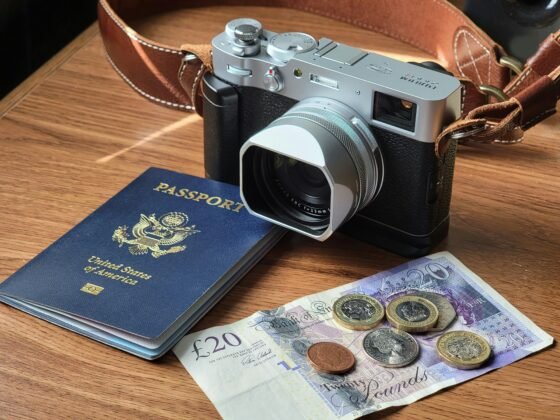Traveling with children is always a challenge. Impatience, short attention spans, fighting between siblings, and general crankiness due to hunger and sleepiness are constant companions on any trip taken with children. So obviously, traveling with a child who has special needs is going to be an even more difficult adventure.
While the challenges vary depending on the mode of transportation, every form of travel with a special needs child comes with its own difficulties. The best thing that you can do when traveling with a child with special needs is to plan ahead. Have a plan for how things should ideally go. Have a plan for if things are going poorly. Have a plan for if things are going disastrously.
Types of Special Needs
There are four main types of special needs children:
- Physical
- Behavioral
- Developmental
- Sensory impaired
Every type comes with its own unique set of challenges.
Physical
Physically challenged children, such as those suffering from muscular dystrophy or cerebral palsy, may require aids such as braces, walkers, and wheelchairs to get around. Many disabilities don’t present themselves when your child is a newborn, and others are there but not immediately recognized. Being late on milestones such as walking and talking are signs of cerebral palsy in toddlers that are easy to miss.
Behavioral
Kids with behavioral issues, like ADD, may require extra attention, especially on long trips, as they may grow restless and start to act out.
Developmental
Children dealing with developmental issues such as autism may have trouble coping with the differences in traveling from their everyday life. They may struggle with things like sensory overload and find the excitement of travel incredibly overwhelming.
Sensory Impaired
Blind and deaf children typically aren’t going to find travel to be too much more difficult than everyday life. The main additional challenge that these children will face while traveling is unfamiliarity with their surroundings. This can be especially difficult for blind children who know their way around their home but struggle with navigating a hotel room with an unfamiliar layout.
Traveling by Car
Traveling by car is typically the least challenging way to get around with a child with special needs. The main thing that makes car travel easier is that while in the vehicle, you are in an environment that you can control.
IIf your child has a physical impairment, then your car is most likely set up with any special equipment needed. If not, look for wheelchair vehicles online. If your child has behavioral issues, you probably already have all of the tools that you need to keep your child entertained in your vehicle. If your child has a developmental disability, then the inside of your car is most likely an environment that they are familiar with and where they won’t become overwhelmed.
Long trips in the car are different from short trips, though, and traveling in your car is going to present challenges, especially when you have to make stops.
Stopping for food and bathroom breaks are typically going to be the most difficult parts of the trip for most children with special needs. While the American’s with Disabilities Act of 1990 requires all public buildings to be wheelchair accessible, you will still find some places (especially in remote locations), where they are not quite up to code. This can be very difficult if your physically disabled child needs to use the restroom.
Stopping for food and bathroom breaks can be particularly difficult for children with autism who have trouble in unfamiliar settings and can cause panic attacks. Breaks in driving, however, can be a welcome relief for a child with ADD.
Traveling by Plane
Even more difficult than traveling by car is dealing with air travel. Planes can present you and your special needs child with a plethora of difficulties. Unfamiliar settings and people can pose a big challenge for a child with autism while security checks can be a difficulty for a physically challenged child with leg braces.
The most difficult part of travel by plane in some circumstances can also be the easiest part of plane travel by plane in others, depending on your luck. What often makes the biggest difference in whether you have a good plane trip while you air travel with your special needs child or a bad trip, is the same as what typically separates a good trip for every flyer from a bad one. The people.
Dealing with TSA and airline staff who are friendly and aware of the rules regarding special needs travelers can make all the difference. Rude and unaccommodating staff can make a tough trip so much worse.
Tips for a Successful Trip
There are two keywords for making your trip go as smoothly as possible: Preparation and patience. Prepare everything out long in advance. Make sure you have everything you need for the trip. If traveling by plane, contact the airline and make sure they know about your situation.
Patience is something with which all parents of children with special needs are very familiar. While traveling, you need to have patience with your child, which is the easy part, but also try to have patience with anyone else you have to deal with in the process.
Remember that most rude people you come across aren’t intentionally insensitive to your child’s needs. They are just unfamiliar with special needs requirements and probably have not had proper training.












